Blog
SMS Indoor Environmental Cleaning Inc
Specializing in Complicated Projects
Over 30 Years of Experience
Fully Insured and Certified

If your home was built after 1980, chances are you have a central heating and air conditioning system, also known as an HVAC system. HVAC stands for heating, ventilation, and air conditioning and was developed to control the indoor air climate for comfort. HVAC systems are based on the principles of thermodynamics, fluid mechanics, and heat transfer. Large hollow, metal, pipes called ducts, move air in and out of the various rooms in your home. These ducts occupy a substantial amount of unseen space in your home. This is space that is moving large amounts of air containing all sorts of microscopic pollutants: dust mites, pollens, mold spores, pet dander, dead skin, insect parts, building materials, natural and synthetic fibers. Even small rodents and birds can become trapped inside of your home’s duct work! Changing or cleaning your HVAC system’s air filters regularly certainly helps keep these pollutants to a minimum, however; it can’t eliminate them. Some dirt and debris will naturally stick to the surface of the ducts and over time can reduce airflow, thus shortening the effectiveness and life of your HVAC system. Plus, think of the poor quality of indoor air your family is breathing in! All those microscopic pollutants are being forced back into your home. To make matters worse, if any moisture is introduced into the ducts, mold, mildew, and other organic substances are likely to flourish. This means that the health of anyone with allergies, asthma, or respiratory problems is going to be seriously affected. The best way to eliminate any air quality problems caused by your HAVC system is to have the ducts cleaned. “Excellent,” you say. “I’ll just look for a special offer and get someone out here to clean the duct work.” Not so fast. This is a DETAILED process for certified, experienced professionals ONLY! Do not be fooled into thinking everyone offering this service is QUALIFIED and knows how to correctly clean and service your HVAC system. Unfortunately for homeowners, not everyone in this business is a professional. This service requires opening a hole in your HVAC system’s duct work in order to hook up a powerful vacuum to suck out all the lose dirt plus the particles that have adhered to the walls of the ducts. It further requires the use of special tools, such as brushes, air whips, and compressed air nozzles or “skipper balls” to scrub the air duct walls clean, so that the debris can be completely removed. Anyone using improper equipment or lacking the necessary training and skill level to use the proper equipment can cause irreparable damage to your HVAC system and release toxins trapped in the system into the air you and your family are breathing. You also run the risk that the openings will not be sealed correctly, causing toxins to accumulate behind the walls of your home. If one of those toxins happens to be mold spores — and the chances of this are quite good — you could be in for costly remediation of mold growth throughout your home! The NADCA (National Air Duct Cleaners Association) offers the appropriate training and certification for HVAC Cleaning (ASCS), Inspection (CVI), and Mold Remediation (VSMR). Only an NADCA certified, experienced professional should be overseeing this type of home maintenance work. Only a NADCA member organization is qualified to clean your HVAC system. The EPA (Environmental Protection Agency) offers a few suggestions for those who are concerned about the cleanliness of their HVAC system air ducts and the quality of air these ducts are circulating throughout the home. First, if there is noticeable dust coming from any of the registers, you should have the ducts cleaned. This includes layers of dust on your furniture. Next, if you see any dirt, debris, organic growth, signs of insect or other pest infestation, you should have your ducts cleaned. If you do see or smell organic growth such as mold or mildew, have a professional inspection conducted immediately to determine the exact nature of the substance and the extent of the cleaning work needing to be done. If it does turn out to be mold, then only removal of the affected materials will eliminate the problem. If your HVAC system has never been cleaned, then you should have it inspected. This is especially true if anyone living in the home has allergies, asthma, or respiratory illnesses. It is further recommended that you have your HVAC system inspected prior to placing your home on the market. This is one area you can’t afford to overlook. Homes with mold issues must be properly decontaminated and the work certified before they are sold in order to avoid costly legal fees on top of the cost of the work. SMS Indoor Environmental Cleaning is a member of the NADCA and offers HVAC systems inspections, cleaning, and mold remediation. In addition to Air Duct Cleaning, SMS also provides Coil Cleaning, Remote Video Inspection, Exhaust System Cleaning (Laundry), and Air Filter Management.

Molds are certainly nothing new. They have existed for millions of years as microscopic fungi. They occur naturally in the outdoor environment and are a vital part of the decomposition process for all organic materials. Generally, they are not even detected until they have reproduced in a sufficient quantity to become visually colorful or produce an unpleasant odor. This is how mold “breeding grounds” easily become established in forests and other areas in nature. Say hello to Aspergillus, also known as a Green Mold. Not a pretty picture, is it? Aside from the damage it is doing to your home’s structure, surfaces, fabrics, and furniture, this little microscopic fungus is a major health concern In fact nothing could be more natural. That is until you find one of these “breeding grounds” in your bathroom, basement, kitchen, or attic! Say hello to Aspergillus, also known as a Green Mold. Not a pretty picture, is it? Aside from the damage it is doing to your home’s structure, surfaces, fabrics, and furniture, this little microscopic fungus is a major health concern and the cause of many allergy, sinus and serious respiratory infections. You don’t have to be weak and sickly to be bothered by it. If the concentration level is high enough, even healthy individuals can become ill. In fact nothing could be more natural. That is until you find one of these “breeding grounds” in your bathroom, basement, kitchen, or attic! Wood rot and decay as found in nature. The purpose of fungus as nature intended. Mold “breeding ground” found inside the walls of a house. Aspergillus is one of the most common molds (fungus) around. Aspergillus spores are airborne and, therefore, they are pretty much everywhere in our outside environment. There are approximately 200 species of Aspergillus, and they are all very proficient at breaking down organic compounds both outside and inside your home (for example, drywall, building insulation material, wooden beams and framing, dirt, grease and grime on cement or tile floors, plastic shower curtains and fixtures, and fabrics including carpets, curtains, bedding, and wallpaper). All airborne mold spores easily find their way inside our homes, and because many varieties remain dormant until activated, they don’t die off! They just hang around waiting to be activated. The key ingredient is moisture. Once a spore gets wet, it doesn’t take long for it to start growing into a visible colony (only 24 to 48 hours). Many homes seem ideally suited to “breed mold spores.” Issues such as poor ventilation, lack of air circulation, high humidity levels in closed areas, water leaks and damp areas caused by improper construction or lack of repair, all make it easy for the process of rot and decay to take place. Within a very short period of time, the damage is well underway and your health is at risk! Many homeowners are unaware of how this potential time bomb can impact them. By the time you see or smell a mold problem, it is already too late to handle it yourself. This is because you do not want to disturb mold, especially if it’s dry. When mold is disturbed it releases millions of new spores into the air. Breathing these microscopic spores into your respiratory system is a very, VERY dangerous thing to do because your body is a combination of organic material and moisture – the ingredients that support mold spore growth! Professional mold decontamination services are a must when dealing with a toxic mold indoor problem. You want to know that mold is gone for good and that any construction issues, such as a pipe leak, cracks in the foundation, and improper insulation, have been fixed! If you plan on selling your home, then this service is even more important to you. The legal issues now arising from home sales of moldy homes are real and expensive. Don’t take chances with your family’s health, the health of others, or your home investment. Get your home inspected by a Certified Mold Inspector. Find out now if you have a potential mold time bomb lurking in your home and exactly what you can do to get rid of it. This green’s gotta go!

At SMS Indoor Environmental Cleaning, Inc., we want to make sure both Real Estate Agents and property owners are up-to-date on information, regulations, and possible issues regarding the sale of contaminated building products that could find their way into the structures of properties in the New England area. Let’s be clear: It IS possible that the building materials used for renovation, remediation, repairs, or remodeling were contaminated prior to being installed, leaving the property owner open to health problems, costly removal and replacement, and possible law suits. The only way for property owners to be sure they are covered from future problems regarding the use of contaminated building materials is to HIRE THE RIGHT REMEDIATION / CONTRACTING COMPANY IN THE FIRST PLACE! This is no joke! SMS Indoor Environmental Cleaning, Inc., maintains the highest standards throughout every aspect of the remediation and restoration projects we do. We are certified by both the Indoor Air Quality Association (IAQA) and the National Air Duct Cleaners Association (NADCA). This also includes strict adherence to all safety standards, comprehensive knowledge of EPA rules and regulations, materials inspection and testing, EPA approved fungicides and inhibitors, written guarantees to our clients, and appropriate insurance to protect the property owner from any future problems. How Pervasive Is The Use Of Contaminated Building Materials? Contaminated Drywall From China: During the housing boom (roughly between 2001 and 2007), demand for new homes and home repairs reached such proportions that US manufactured drywall could not keep up with the demand, or compete with the cheap pricing coming from imports of Chinese drywall companies. Best estimates for use of Chinese drywall in the U.S. housing market are around 100,000 homes nationwide. Contaminated Chinese drywall is now known to be the cause of substantial health risks and actual home deterioration. Known issues include (1.) The presence of a sickening sulfur-like or other unusual odor; (2.) Noticeable copper corrosion, indicated by a black, sooty coating; (3.) Premature corrosion of other metals in the house (such as the HVAC system); (4.) Premature crumbling of drywall; and (5.) The growth and spread of molds and other microbes, through out the property. Contaminated Chinese drywall is currently costing consumers millions of dollars in expensive remediation. Contaminated Chinese drywall has been found to be a NATIONWIDE problem, with heavy concentrations in the coastal regions of the Gulf States. This may be because these states have higher than average temperature and humidity levels, which contribute to the rapid deterioration and corrosion phenomenon. We also know that these areas had a heavy concentration of new building and restoration at that time. Because of the seriousness of this problem, all drywall from China has been temporarily banned. This however, DOES NOT stop contaminated Chinese drywall from entering the US through imports from other countries, reselling Chinese building products. It also does not stop other contaminated building products from being used on YOUR PROPERTY unbeknownst to you until it is too late (as shown in our actual mold damaged lath image above)! If you or your clients have any concerns regarding the possible contamination of building materials in your property, please contact SMS Indoor Environmental Cleaning, Inc., for a Mold Inspection. We can identify any contaminants and let you know your options before it affects your health or the value of your property. Mold is a serious and dangerous health hazard that must be removed properly by certified specialists. SMS Indoor Environmental Cleaning, Inc., meets all Federal, State, and Trade Licensing and Certification requirements. We are well known throughout the industry for our excellent safety record, fast response time, effective and correct removal of all mold, and providing a written guarantee.
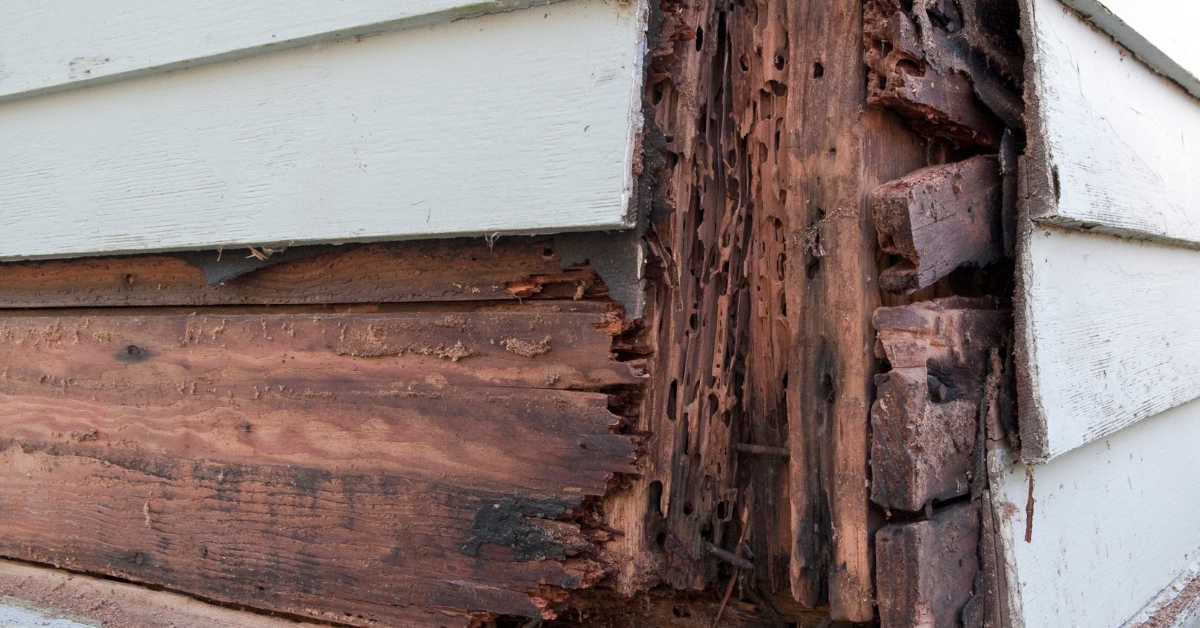
You may not know it, but there is a destructive, dynamic duo at work in millions of homes throughout the United States: Wood rot fungi and H2O. Unsuspecting homeowners have no idea how quickly this duo can substantially decompose timber frames, eventually causing them to come crumbling down. What was once a solid, safe structure can easily become hazardous to your family’s health and safety. Repairs for wood rot can be expensive. It involves more than just replacing damaged wood. Often it involves decontamination of the entire area. If the wood rot is accompanied by toxic molds, then remediation may also be necessary. Most homeowners simply aren’t aware of, or prepared for, these costly health hazards. Here’s why every homeowner needs to be aware of wood rot fungi: Wood construction is used in almost 95% of all residential homes. From outside to inside many items such as beams, framing, shingles, paneling, trim, doors, floors and more, are all made of wood. Obviously, rotted wood timbers are a substantial safety hazard. What you might not know is that ALL wood is subject to rot. Rot is a natural process. It is the way nature recycles nutrients from fallen trees and forest debris. Wood rot fungi secrete enzymes that break down organic matter for food. If the conditions are right, then the fungi will reproduce at a rapid pace and before you know it, a colony can infest wood timbers and disintegrate them from the inside out. By the time most homeowners see or smell signs of a wood rot infestation, more than just the infected wood needs to be removed and replaced. Wood can become infected with wood rot fungi prior to use in residential construction. The fungi (microscopic organisms of primitive plant life) are not able to produce their own food. They feed on organic materials abundant in nature. They reproduce by releasing millions of spores (seeds) into the air. The spores remain dormant until they find themselves in the right conditions to germinate and then begin their task of deconstruction. Since they are a plant life form, it doesn’t take much to revive them. Wood rot fungi only need a food source (wood), oxygen, the right temperature (40˚F to 100˚F), and a wood moisture content of over 20%. Wood rot fungi spores that land on tree bark are in an ideal setting for germination to occur. The only way to stop the fungi is to dry out the wood. This, however, doesn’t kill them. They just go dormant again until the proper moisture level is reached for them to revive and continue. Any previous damage they caused will still be present. Therefore, even a dry piece of timber can have substantial structural damage that can go undetected unless tested for by specialists or it breaks. There are over 70 wood rot fungi that specialists can test for, and they are divided into the following three major groups: Brown rot, White rot, and Soft rot. These are also known as decay fungi because they degrade (eat) the wood and threaten its structural integrity. Brown rot fungi generally infect softwoods (wood from evergreen trees and conifers), turning them brown as they consume their cellulose (a complex carbohydrate found in plants). The result is a weak wood that exhibits excessive shrinkage, cross-grain cracking, and is easily crushed into a powder when dry. Brown rot has also been called dry rot, but this is a misnomer since dry wood cannot continue to rot. White rot fungi break down both the cellulose and lignin. Lignin is a non-carbohydrate polymer found in wood that binds to cellulose fibers and hardens and strengthens the cell walls. White rot fungi gives the infected wood a bleached appearance and are more commonly found in hardwoods (wood from deciduous trees). Soft rot fungi primarily degrade water-saturated wood, softening the wood from the surface inward. Soft rot fungi are generally not found to be a problem in construction timbers. Other fungi such as mildew, mold, and staining fungi cause discoloration to wood that effects the wood’s appearance but not its structure. These fungi also have distinct, unpleasant odors. Molds, however, can pose a serious health risk to people with respiratory problems. Many molds are toxic and can cause mildto- severe allergic reactions, asthma attacks, infections, and even death. It is not uncommon for wood to have several types of fungi, and samples from infected t imbers may reveal species of mildew, molds, and wood rot fungi. Proper testing is mandatory to stop the infestation of any fungi and prevent it from returning. Moisture is the critical factor when it comes to controlling and eliminating all fungi. Wood used in residential construction is generally dried to a moisture content below 19% to help deter wood rot fungi attacks. Keeping walls, floors, basements, attics, crawl spaces, and other areas in your home free from moisture buildup is very important in controlling both wood rot fungi and toxic mold spores. Over time, even small amounts of water can keep a colony of fungi growing. This is why areas with plumbing fixtures hidden in the walls are particularly problematic. A tiny leak from a loose fitting or broken seal can create the ideal conditions for wood rot fungi to continually attack supporting timbers and other wood structures holding up your home. Homeowners must permanently fix any leaks or areas where moisture buildup is occurring. Don’t let wood rot fungi bring down YOUR house. Get your home inspected by the specialists. Call SMS Indoor Environmental Cleaning today!
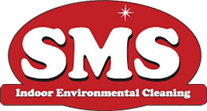
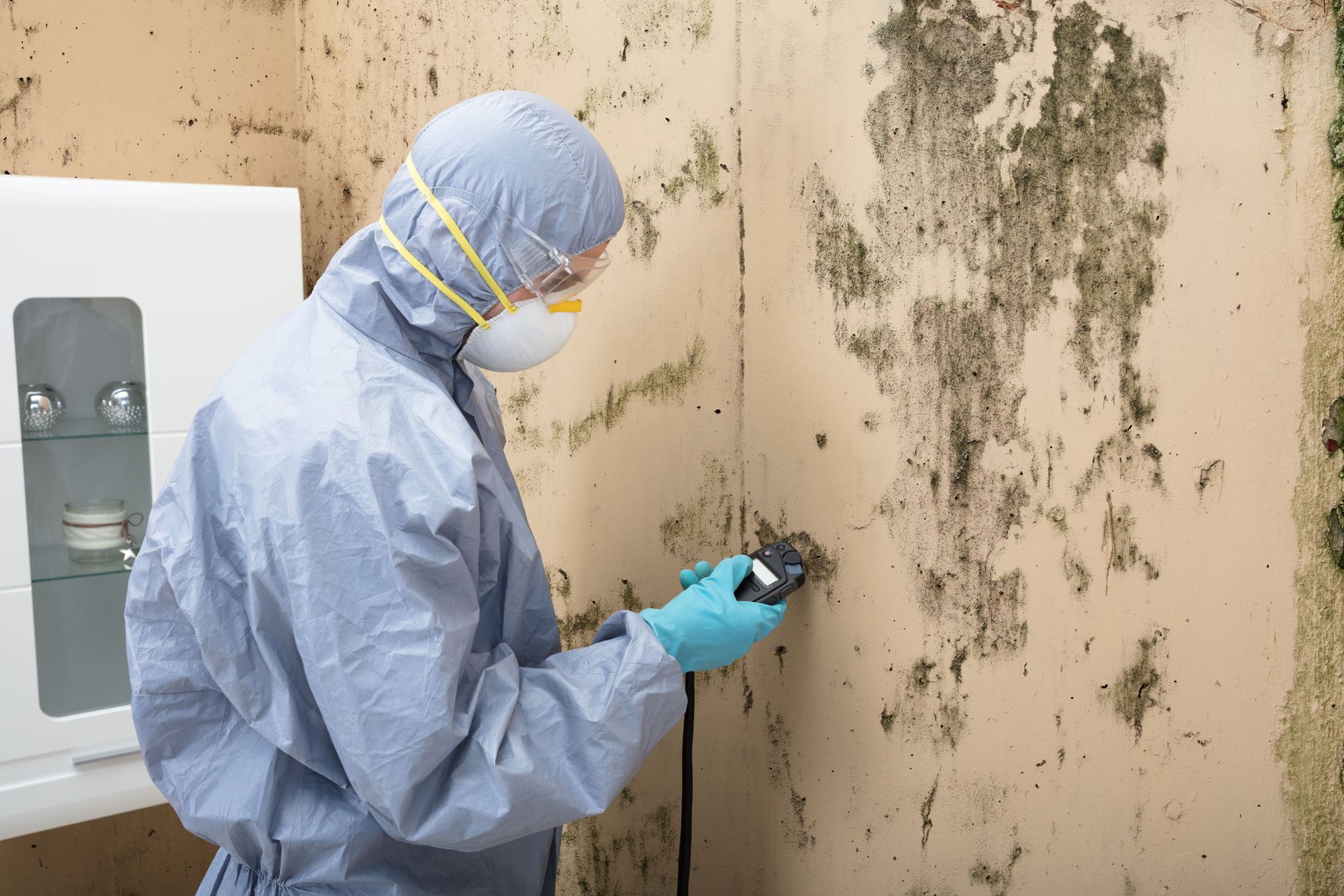
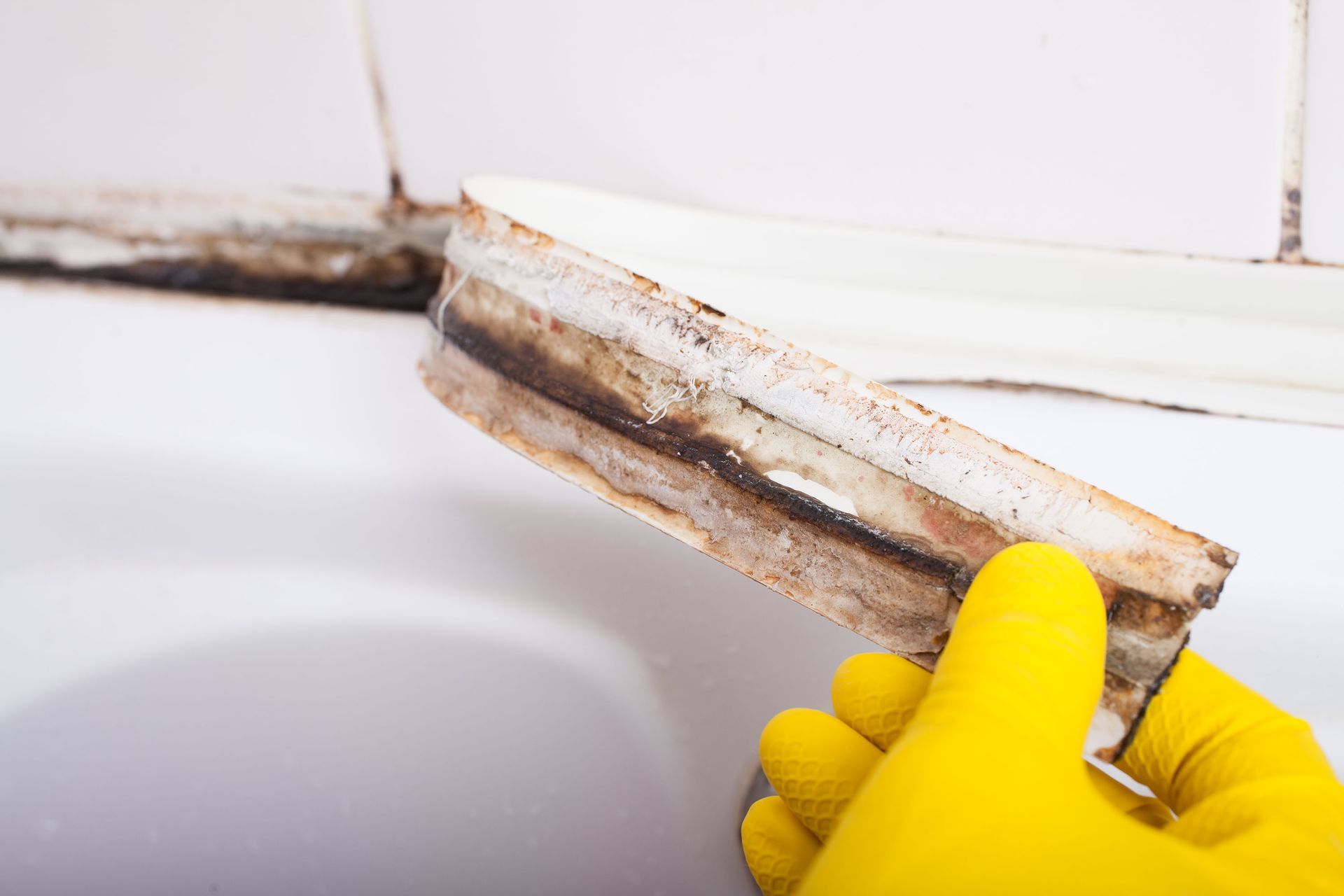
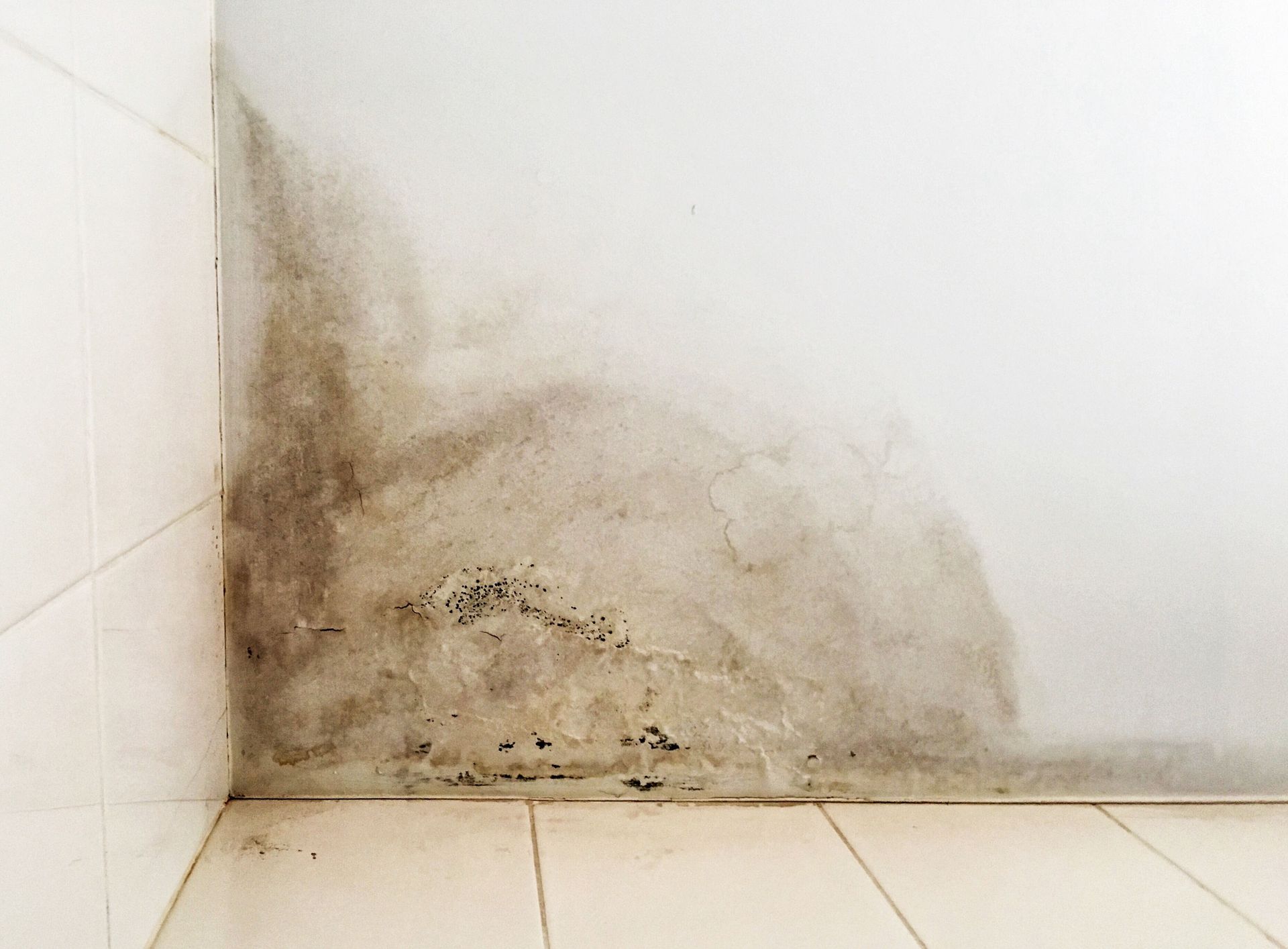
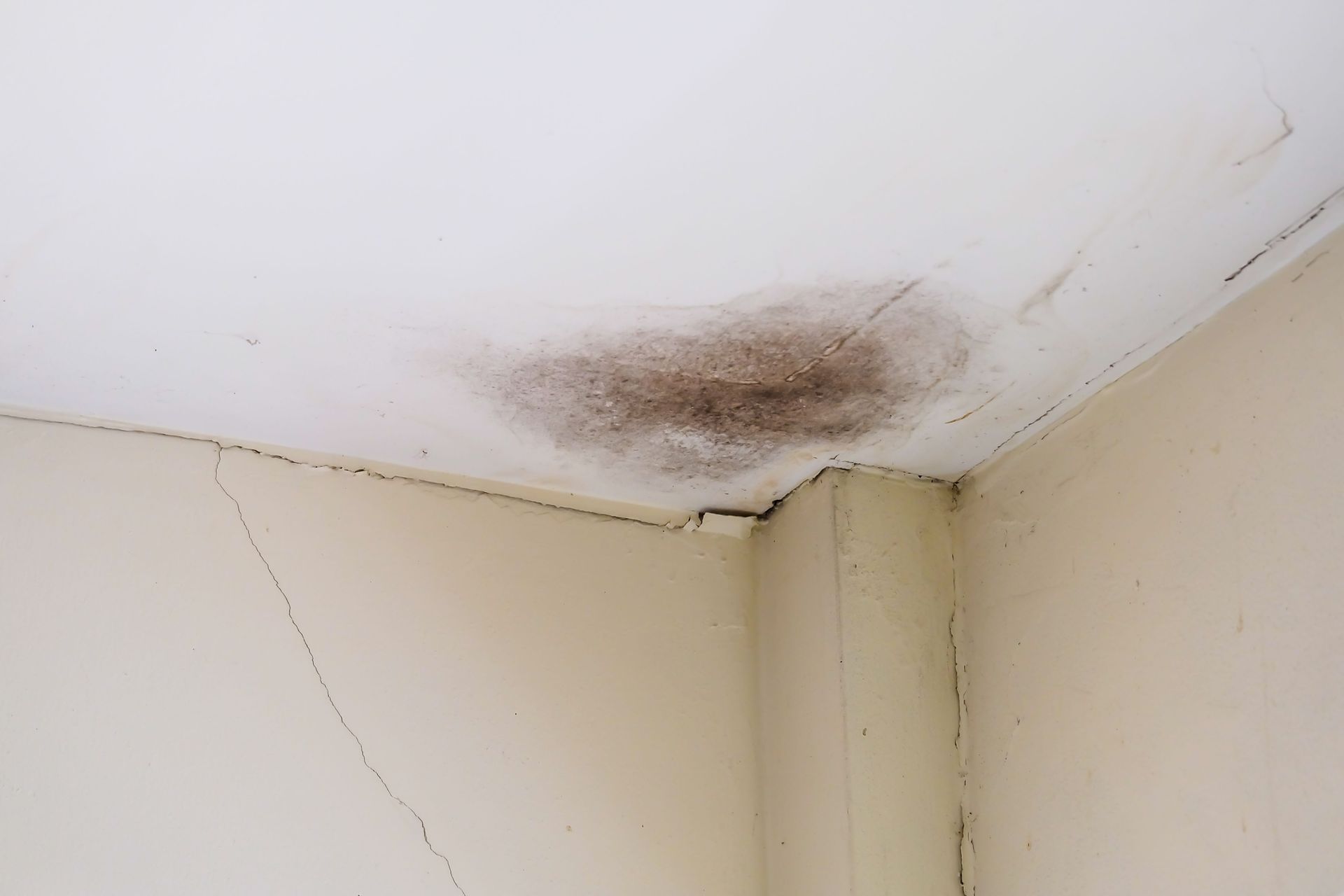

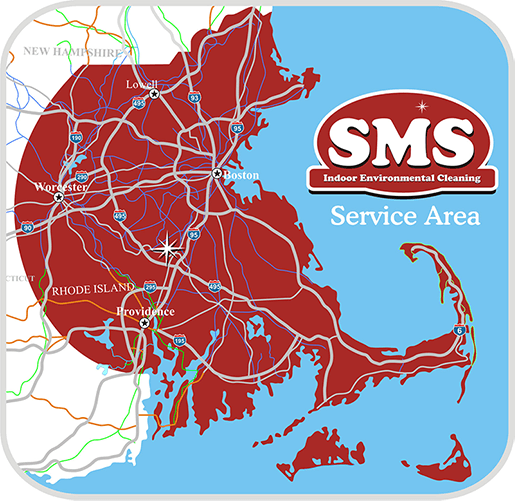
Share On: